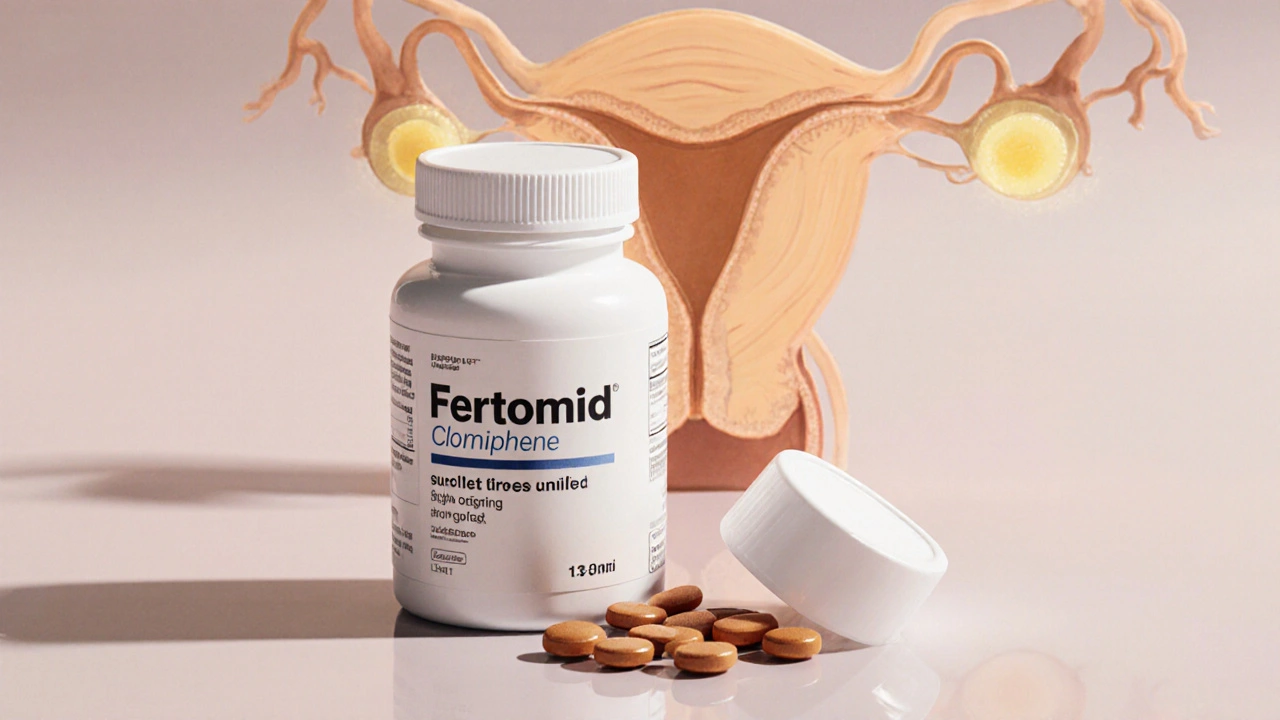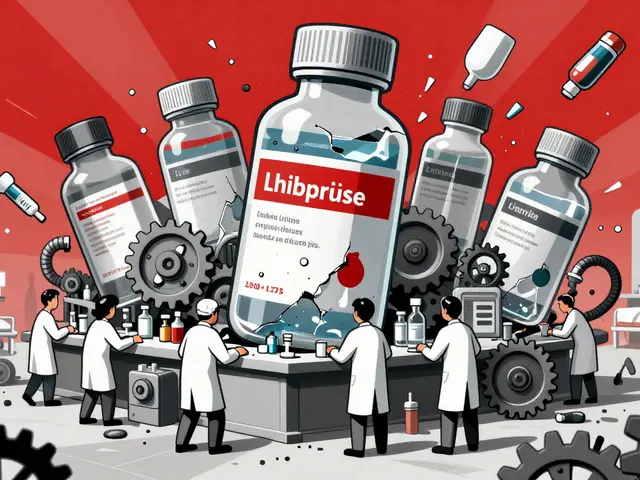Clomiphene alternatives – Options for fertility treatment
When talking about Clomiphene alternatives, drugs or strategies used instead of Clomiphene citrate to induce ovulation. Also known as Clomid alternatives, they are chosen when Clomiphene fails, causes side‑effects, or isn’t suitable for a specific condition. Clomiphene alternatives cover hormone modulators, injectable gonadotropins, and metabolic agents, each with its own mechanism and usage profile.
Key alternatives and how they differ
The first major substitute is Letrozole, an aromatase inhibitor that lowers estrogen and triggers the pituitary to release more follicle‑stimulating hormone. Letrozole is prized for its shorter half‑life and lower risk of thin‑lining uterine walls. In practice, Letrozole requires careful monitoring of estrogen levels, which ties directly to the triple: Letrozole → requires → estrogen monitoring.
Another cornerstone is gonadotropins, injectable forms of FSH and LH that directly stimulate ovarian follicles. Gonadotropins are powerful; they bypass the oral route and can produce multiple mature eggs in a single cycle. This creates the relationship: Gonadotropins → stimulate → follicular growth, and they are often paired with monitoring of ovarian response.
For patients with insulin resistance or PCOS, Metformin, a biguanide that improves insulin sensitivity and lowers androgen levels becomes a useful adjunct. Metformin helps restore regular ovulation by reducing excess insulin, establishing the triple: Metformin → improves → insulin sensitivity, which in turn supports ovulatory cycles.
When Clomiphene alone doesn’t work, clinicians often combine these agents. Letrozole can be paired with Metformin for PCOS patients, while gonadotropins may be added after a failed oral cycle. The choice hinges on patient age, BMI, ovarian reserve, and previous response. Understanding each drug’s attribute — route, half‑life, side‑effects — lets you match the right tool to the right situation.
Safety considerations matter. Letrozole may cause arthritis‑type joint pain, while gonadotropins carry a higher risk of ovarian hyperstimulation syndrome (OHSS). Metformin’s main concerns are gastrointestinal upset and, rarely, lactic acidosis in kidney disease. Proper dosing, baseline labs, and regular ultrasound checks form the safety net that makes these alternatives viable.
Cost is another real‑world factor. Generic Letrozole and Metformin are inexpensive, often covered by insurance. Gonadotropins, being biologics, can be pricey, but many clinics offer bundled cycles or financial assistance. The financial aspect often influences whether a patient starts with an oral option before moving to injectables.
Beyond the three highlighted drugs, other options exist such as tamoxifen, an estrogen receptor modulator, and aromatase inhibitors like anastrozole. Each fits into a larger ecosystem of fertility treatment, where the goal is to achieve a healthy pregnancy with the fewest side‑effects.
Below you’ll find detailed articles covering these alternatives, price‑comparison guides, safety checklists, and step‑by‑step buying tips. Whether you’re looking for cheap generic Letrozole, safe gonadotropin sources, or Metformin dosing advice, the collection ahead gives you the practical knowledge to decide your next move.

Fertomid (Clomiphene) vs Alternatives: Which Fertility Drug Is Right for You?
Compare Fertomid (Clomiphene) with Letrozole, Tamoxifen, Anastrozole, and DHEA. Learn effectiveness, safety, cost, and which drug suits your fertility needs.
read more




